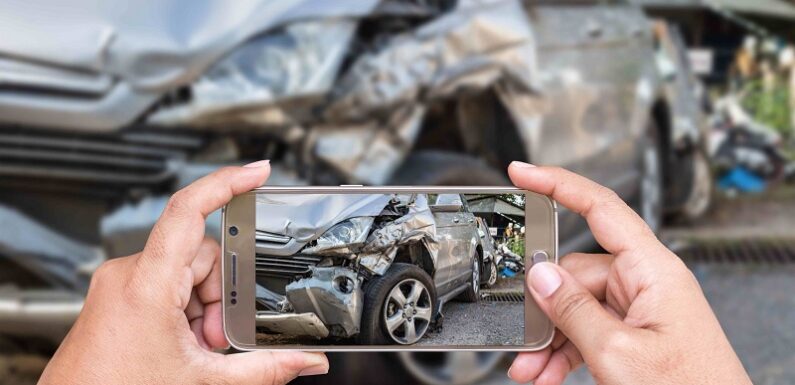
Are the drivers of the company’s trucks prepared to act responsibly in the case of an accident? Drivers need a plan to ensure their safety and to be prepared to take down pertinent information at the scene of an accident. Your company’s enquiry into what caused the accident might benefit from having an accident response strategy in place. Your business may use this information to create new policies and practises to prevent such occurrences in the future.
The initial points of contact within your company can look into what happened and help the driver figure out whether or not the fleet accident requires driver testing under federal or other standards, or if any other reporting requirements apply.
A Step-by-Step Guide or Checklist After the fleet accident
As part of the vehicle’s comprehensive safety plan, running through these drills with the drivers will help ensure they are prepared to take the necessary action in the case of an accident. No matter how minor the incident seems to be at first glance, you should always pull over to assess the situation.
No matter how minor you think the accident is going to be, you should always stop completely to avoid more damage. Turn on your car’s flashers in case of an emergency. As soon as it is safe to do so, get out of the way of vehicles. Quickly inspect the other cars and its passengers for injuries. Please call 911 to report the recent incident. Warning triangles and other similar devices should be placed for use in case of an emergency. After you’ve taken care of any immediate needs at the scene, contact your insurance company. Maintain open lines of communication with the other motorists. Having discussions about fault at the scene of the accident is unproductive.
Preparing the Truck Ahead of Time
Drivers may be better prepared for any emergency by stocking their vehicles with the necessary equipment and keeping a simple checklist handy.
Taking Notes at the Accident Scene
It’s crucial that drivers at the scene of an accident get as much information as they can to help authorities. It’s important to exchange information with everyone else engaged in the accident and with any potential witnesses, even if the incident doesn’t seem serious at first. Information on any and all insurance plans and the names, addresses, and other contact details of any and all witnesses or victims. Details about the other vehicles, such as type and year, as well as registration and vehicle identification numbers.
Reports of harm or destruction to property
Information on the local police, tow truck company, and emergency medical service that responded to the scene is included. Mention time and location details about the incident, road conditions, such as temperature and visibility.
Conclusion
A driver may also, if it is safe to do so, capture the scene on camera or their mobile device. Pictures of the roads, traffic lights, signs, and route to the accident site might help tell the story of what occurred. These images, together with pictures showing the damage, are essential. There may have been witnesses to the accident, or the photos might provide light on what led to it, such as a broken traffic light or overgrown bushes that obstructed the road.

